Each year, the month of July is the CDC’s Cleft and Craniofacial Awareness and Prevention Month. I actively worked to raise awareness this year during July, as I have for the last several years, but I must admit I found myself at the end of last month, wondering if my efforts on social media during the month really raised any awareness of craniofacial anomalies.
The answer I came to is that despite everything I have done, there is always more awareness to be raised. So, instead of worrying about what I didn’t do during the official awareness month, I’m picking up where I left off and continuing the conversation about clefts and craniofacial anomalies in August and beyond!
I was born with a unilateral cleft lip and palate and have been a Cincinnati Children’s patient since I was a newborn.
Most people associate the word “cleft” with the small ads in newspapers and magazines, and TV commercials for charitable organizations that fund cleft repair surgeries for children in developing countries.
While the help these organizations offer is life-changing for the children who benefit from their generosity, their marketing tactics foster an incredible misconception that my life and birth defect are “fixable” with a “one and done” operation.
To-date, I have had 10 surgeries related to my cleft and I know people who have had more than 40 surgeries to address many of the same issues I’ve experienced.
Modern surgical techniques and the caring hands of highly-skilled plastic surgeons have given me a smile I am proud of. But I will always have a scar and will endure odd looks and ignorant questions.
The unfortunate thing about having a facial anomaly is that the face and skin are vital in first impressions. When you meet someone who was born with a birth defect or injured in a way that contorts their smile it is gut instinct to be put off.
That’s why Hollywood has made a killing off of our birth defects – bet you never put that one together! I will indulge your curiosity. After you read this article google some of these titles; The Hills Have Eyes, Goonies, The Lone Ranger, A Nightmare on Elm Street, Platoon, The Craft, Hannibal, Phantom of the Opera. This barely dents the list of movies that associate scars and facial anomalies with evil, twisted, demented, horrifically tortured characters. Scars do not define a person but it is sometimes hard to fight against initial impressions.
No matter what surgery I undergo, or how well it is performed, I will always have scars that “normal” people will never have.
Growing up, people would stare and point and kids would whisper. As I’ve gotten older, it’s become easier to ignore, but please know that instead of staring, I’d much rather we make a conversation of it than have an abrupt moment of eye contact followed by embarrassment.
Deep down we are all humans looking for a friend in this big world. We are all surrounded by people who have incredible stories to tell.
For the past several years I have had the opportunity to speak at an annual event called “Face it with Friends,” which was held at Cincinnati Children’s a few weeks ago. During the event, my fellow patients and I learned from our care team, we talked about experiences, we helped each other over emotional hurdles and we learned from experts from Saks 5th Avenue how we can apply makeup to enhance our facial features and be beautiful in makeup.
It is always a privilege to meet new families and friends! There were 40 people who attended this year. Dr. Pan gave a presentation on some of the surgical options we have as young adults and then we bonded in small groups while having makeup sessions and photography sessions.
One of the highlights of the event for me is the jaw surgery panel. Jaw surgery is my particular topic during the event. It is a hard surgery that has many benefits for those of us whose birth defect has disturbed the growth patterns in our face. I share my story and experience with the operation alongside some friends who have also undergone the procedure. This event is a beautiful opportunity to meet others and reconnect with friends who I have met along my journey here at Cincinnati Children’s.
In July, I asked many of my friends who also have clefts or other craniofacial anomalies what they wish everyone knew about their facial features. And here are the top three things I got back:
- Cleft repair is not “one and done” and it takes a lifetime of work to be the people we are. Surgeries, speech therapy, audiology appointments and interventions, dental operations, decades of braces, and bone grafting.
- Being born with a birth defect is blameless and is not a sign of anyone’s sins or faults. Many of the causes of clefting are still unknown. There are genetic components but most clefts occur for unknown reasons. It’s all about perspective.
- Everyone smiles in the same language. Each of our smiles is different, some of ours may be more than others, but we all feel joy and happiness. There is no shame in smiling with missing teeth and mismatched lips. We have all worked hard to attain our smiles, please don’t judge. We are all humans in progress.
I am proud of my friends that they had the courage to put these things out there. I hope you will take these things to heart and greet people who have visible differences with a smile and understanding that they’ve been through a lot.
If you have questions, or would like to request an appointment, please contact our Craniofacial Center.

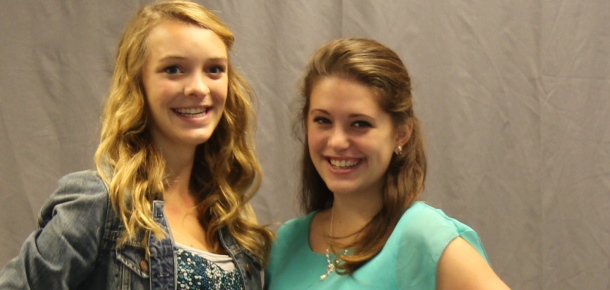

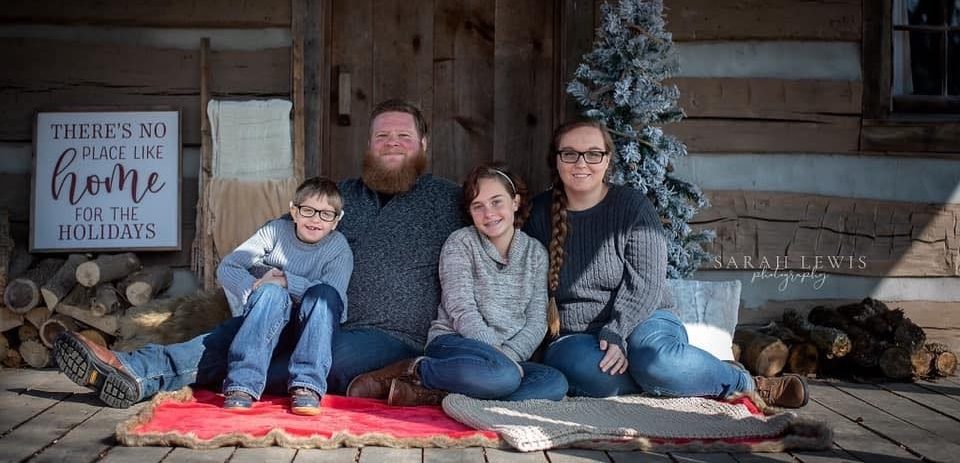
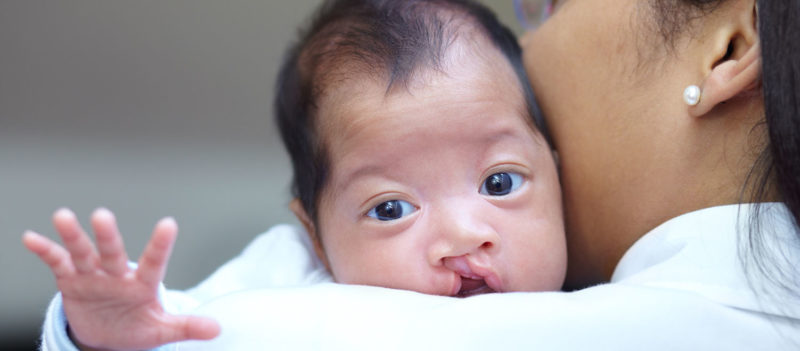
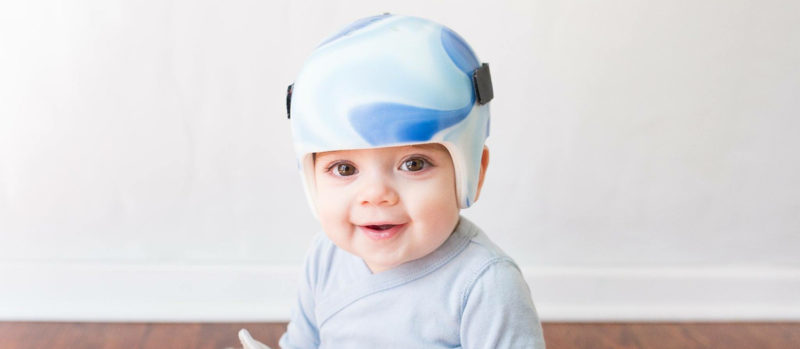
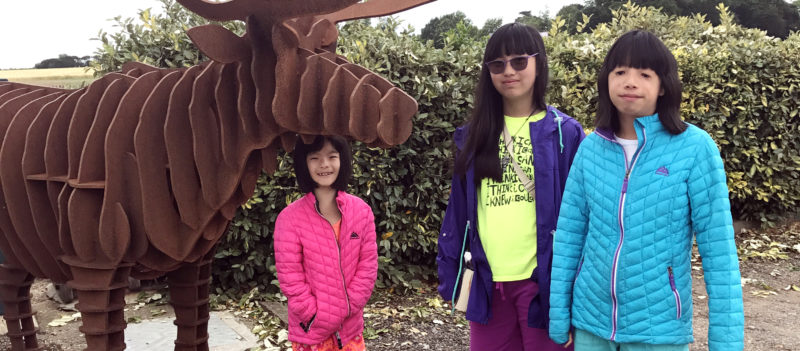
Well done, Ashleigh! You have been and continue to be a true champion for those with craniofacial challenges. Thank you for your spirit and willingness to share your story.